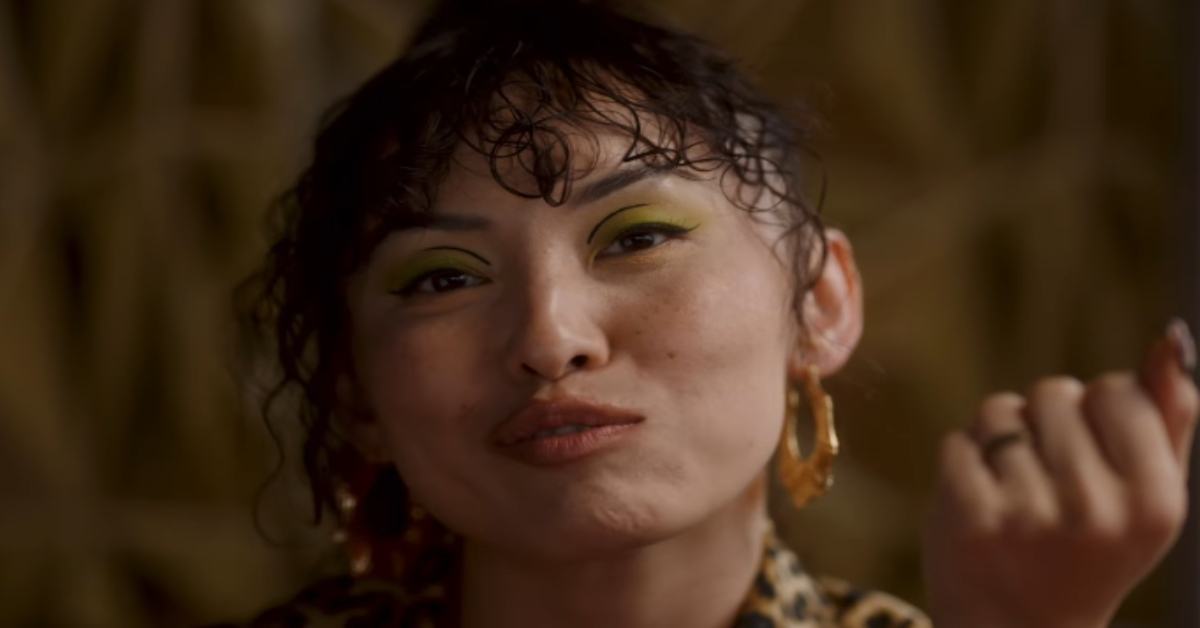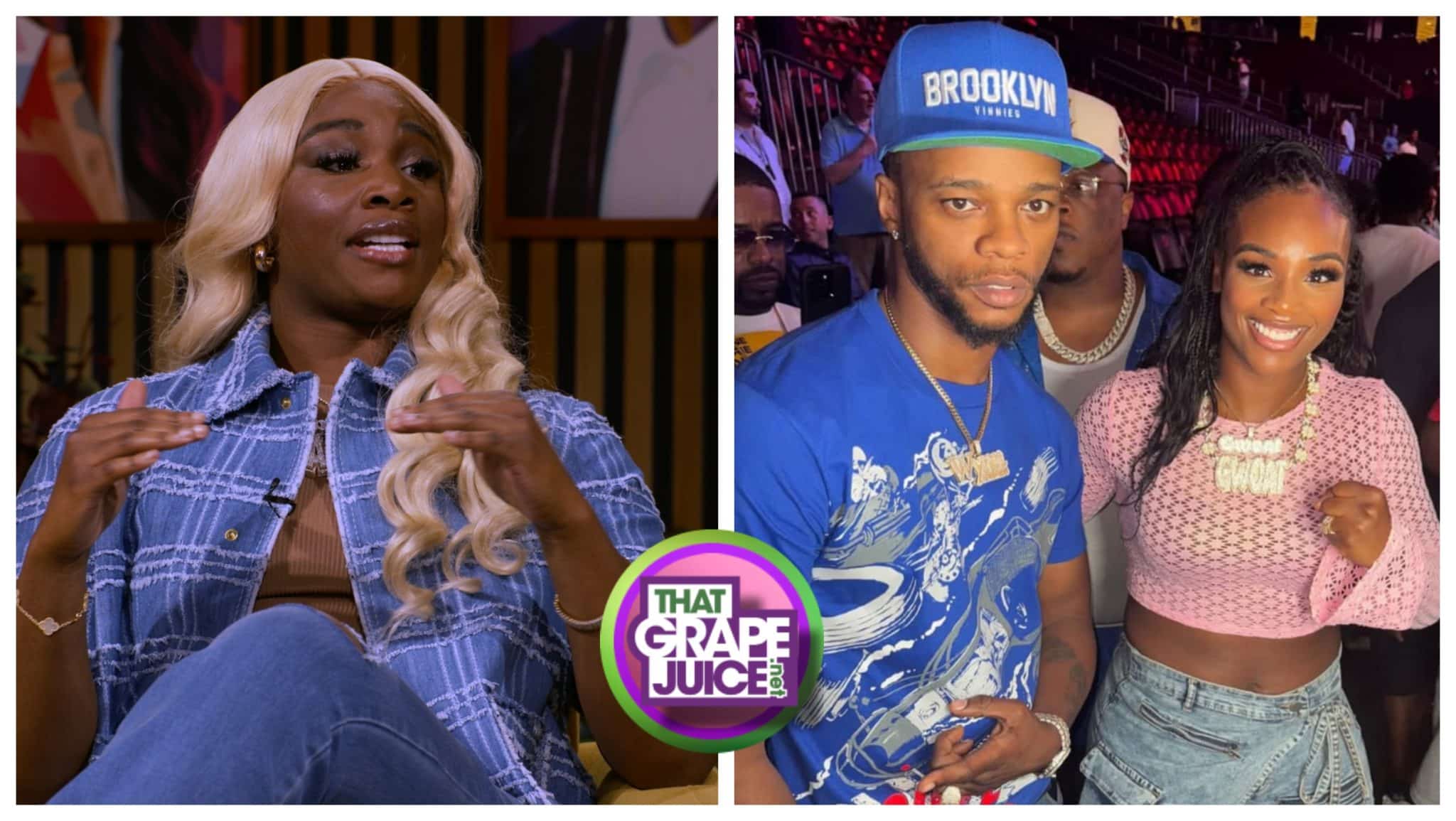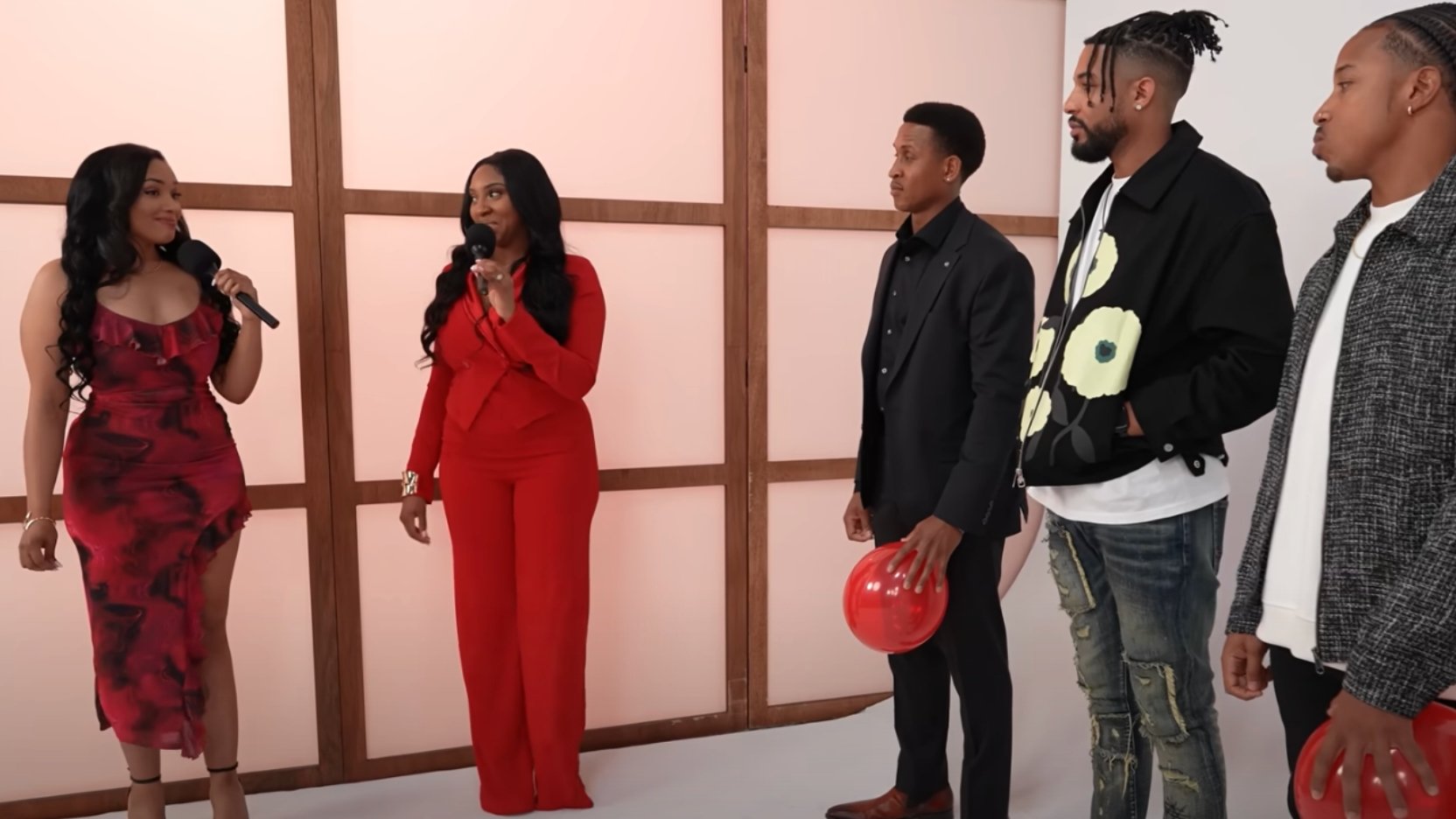When ‘Representation’ Misses the Point: The Problem With ‘Southern Fried Rice’
For days, the digital series “Southern Fried Rice” dominated social media feeds. It was not trending because viewers were fans. Audiences were upset. They questioned why a non-Black person led a Black setting and why the show relied on tired stereotypes. The title itself sparked outrage, with many calling it racially insensitive. Instead of prompting [...] Read More... from When ‘Representation’ Misses the Point: The Problem With ‘Southern Fried Rice’ The post When ‘Representation’ Misses the Point: The Problem With ‘Southern Fried Rice’ appeared first on LBS.


For days, the digital series “Southern Fried Rice” dominated social media feeds. It was not trending because viewers were fans. Audiences were upset. They questioned why a non-Black person led a Black setting and why the show relied on tired stereotypes. The title itself sparked outrage, with many calling it racially insensitive.
Instead of prompting a conversation about meaningful representation, the series became a cautionary tale. It showed what happens when creators second-guess Black narratives and let insecurity shape their stories.
The Start of Controversy: “Southern Fried Rice” Trailer
“Southern Fried Rice” is a new series created and written by Nakia Stephens and produced by Keke Palmer‘s KeyTV. The show follows Koko, a Korean American woman adopted by a Black family in Southern Georgia. She attends the same historically Black college her late father once attended, Wright University. The series explores her college experience, identity, and sense of belonging.
From the trailer, audiences immediately spotted problems. The title felt racially insensitive and culturally tone-deaf. Fried rice is not a traditional Korean dish, raising questions about whether Stephens understood the culture she portrayed. The bigger issue: a non-Black lead occupied a space that many Black people view as sacred, an HBCU. While non-Black students attend these schools, they remain deeply rooted in Black American culture.
The Warranted Backlash
Social media, particularly Black Twitter (now X), demanded answers. After nearly a day of backlash, KeyTV delayed the premiere, and both Palmer and Stephens posted videos defending the series.
Stephens framed her intent as sparking a conversation around culture and identity after observing her non-Black classmates navigate life at Savannah State University. Palmer clarified that she did not create or write the show and admitted she did not know its inspiration. Since her production company invested in the project, viewers criticized her involvement.
Both encouraged audiences to support the series because Stephens is a Black creator. Stephens pushed back on criticism, calling her audience “fake intellectuals” and “insufferable,” dismissing questions that raised legitimate concerns about who this story was for.
When the first two episodes finally dropped, audiences called out weak writing, shallow characters, and a lack of cultural authenticity. The problem goes deeper than casting or plot choices. It reflects low racial self-esteem. This quiet but powerful force shapes how Black stories are told.
Low Racial Self-Esteem in Creative Decisions
The National Institutes of Health describes low racial self-esteem as a belief that one’s racial or cultural identity is less valuable or respected than others, often leading to internalized doubt and insecurity. It develops when a community internalizes the belief that its stories only matter when filtered through others. Centuries of exclusion and misrepresentation leave some Black creators unsure if audiences will embrace stories centered fully on Black lives. This insecurity drives creative choices that dilute authenticity in pursuit of outside validation.
“Southern Fried Rice” embodies this dynamic. Stephens fills her cast with familiar stereotypes instead of fully realized characters. Koko’s Black best friend, once ambitious and academically driven, is reduced to a teen mother working at Walgreens. The dark-skinned, plus-size roommate is framed as a bully. The light-skinned RA repeatedly rescues Koko. Colorist cues reinforce hierarchies rather than challenge them. These choices feel safe, but they reveal fear of showing the full, complicated reality of Black life.
Even the title exposes insecurity. “Southern Fried Rice” tries to be clever but lands as a gimmick. It trades honesty for shock value. Audiences notice that. They reward confidence and authenticity, not projects that use identity as performance.
Harms of Stereotypes and Unrealistic Portrayals in Television

Stereotypes and shallow writing harm both the characters on screen and the communities they represent. They reduce complex lives to shorthand and teach audiences false lessons about culture. In “Southern Fried Rice,” Koko lacks understanding of her privilege or Black history despite being raised in a Black household. Her ignorance feels forced and unrealistic.
Supporting characters follow similar patterns. The light-skinned RA constantly rescues Koko, turning her into a prop in Koko’s story. The teen mother and the bully serve as shorthand for struggle and conflict. They are not fully humanized, which flattens Black experience into tropes.
These portrayals reinforce harmful ideas. Viewers may internalize stereotypes about Black families, communities, and institutions. They suggest Black experiences only matter when filtered through others. Unrealistic depictions of HBCU life, privilege, and achievement undermine the richness of those spaces.
When the media simplifies or distorts, it does real damage. Characters stop being people and become symbols. Audiences receive caricatures instead of the truth. “Southern Fried Rice” shows how weak writing and reliance on stereotypes continue to harm storytelling and cultural perception.
Representation Requires Confidence
“Southern Fried Rice” demonstrates the risks of telling a story that is not your own without doing careful research. Curiosity and appreciation for another culture cannot excuse a poorly told story. We see this when white executives misrepresent Black experiences. Stephens, even as a Black creator, does not automatically earn community support when the series fails to honor Black lives on screen.
Authentic representation requires confidence. Confident creators let Black characters lead, reject caricature, and center lived experience. They trust that Black stories matter without outside validation. “Southern Fried Rice” shows the opposite. It reveals a creative process shaped by fear, where doubt overshadows cultural truth. True representation begins with believing that Black stories are already enough.
What do you think about “Southern Fried Rice” and its approach to representation? Share your thoughts in the comments.
The post When ‘Representation’ Misses the Point: The Problem With ‘Southern Fried Rice’ appeared first on LBS.
Share
What's Your Reaction?
 Like
0
Like
0
 Dislike
0
Dislike
0
 Love
0
Love
0
 Funny
0
Funny
0
 Angry
0
Angry
0
 Sad
0
Sad
0
 Wow
0
Wow
0















